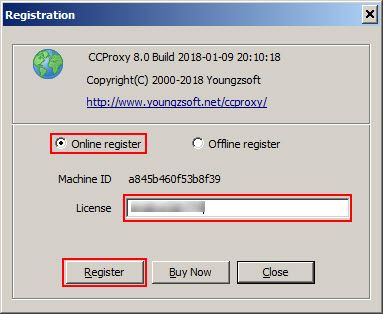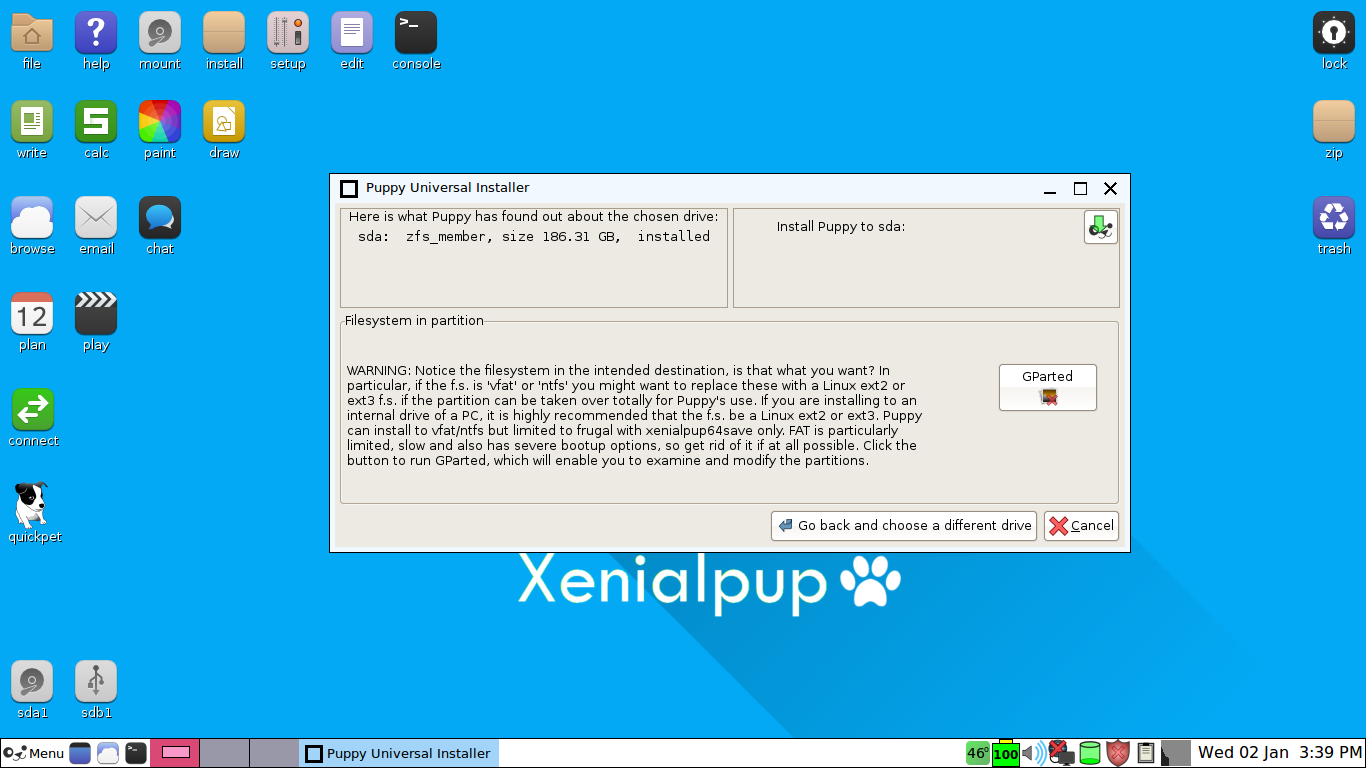Install Puppy Linux From Usb To Hard Drive
Installing Puppy Linux Ready, Set, Go! With the Puppy Linux Distro burned onto a CD from its downloaded ISO image, and a computer that is ready and willing to accept this fascinating little Linux-based distribution, you are now ready to commence the installation process. And while there are a few options available for end-users to choose from during the installation, it is always advisable to stick to the default settings offered during the installation process. Before commencing, make sure that your computer is capable of booting from the CD-ROM. You will first need to run the Live CD version before installing it.
In this simple USB Puppy Linux tutorial we illustrate how to easily Create a Puppy Linux USB Flash Drive using the Universal installer included on the Puppy Linux CD. Puppy is a unique Linux compilation created by Barry Kauler. Note: To install Puppy Linux permanently on Hard drive or USB drive it is recommended to create a bootable Puppy Linux CD/DVD. However, if you have technical knowledge then you can do it with the bootable pen drive created above too.
This is also a good practice run to ensure that your hardware is capable of running Puppy Linux.  Booting From CD • Insert your Puppy Linux CD into the CD-ROM drive of your computer.
Booting From CD • Insert your Puppy Linux CD into the CD-ROM drive of your computer.
• Power up your system and allow it to boot from the CD. During the initial boot from CD, you will only be prompted for a select number of variables. Additionally, the selection process also provides detailed information on the available options, allowing you to make the proper decision. But, it is advisable to choose those options they recommend, as they have been proven to be highly effective and operational over the other available options. • Select the keyboard layout you are using (the default setting is QWERTY – USA).

• Select the XORG graphics mode. • Select the default resolution setting (this is typically 1024x768x16). Following the resolution settings, you will be greeted with the Puppy Linux desktop.
Notice the pink colored bar across the top center. Click on it to get a quick 'How To' tutorial about Puppy Linux. But if you prefer to jump right in and permanently install it on your hard drive follow me. Hard Drive Installation. Install To Hard Drive Puppy Linux has a really neat feature called the Puppy Universal Installer.
This is an installation wizard designed for the purpose of installing Puppy Linux on a number of different devices: from USB flash drives to CDs and even the hard drive. Today we will focus on installing Puppy Linux on your hard drive. The process will also depend on variables you will supply answers to: selecting default settings where applicable and/or recommended. • Right click on your desktop, and under Setup, select Puppy Universal installer. • From the available media options, select Internal (IDE or SATA) hard drive. • Choose the drive you wish to install it to, if more than one is displayed. • Puppy Linux will display the specifications of the drive you are about to use.
NOTE: It is highly advisable to install on a hard drive that has been formatted with either EXT2 or EXT3 file system. If your hard drive is not reflecting either of these file systems, you should run GParted application to correct this. • When ready to install onto the hard drive, click the icon next to Install Puppy to (Please note that the drive description could change from one system to another based on configuration. In the case of most older single IDE drive based computers, this will typically display as SDA1.) • Acknowledge your selection to install the distro to the hard drive by clicking on the OK button.